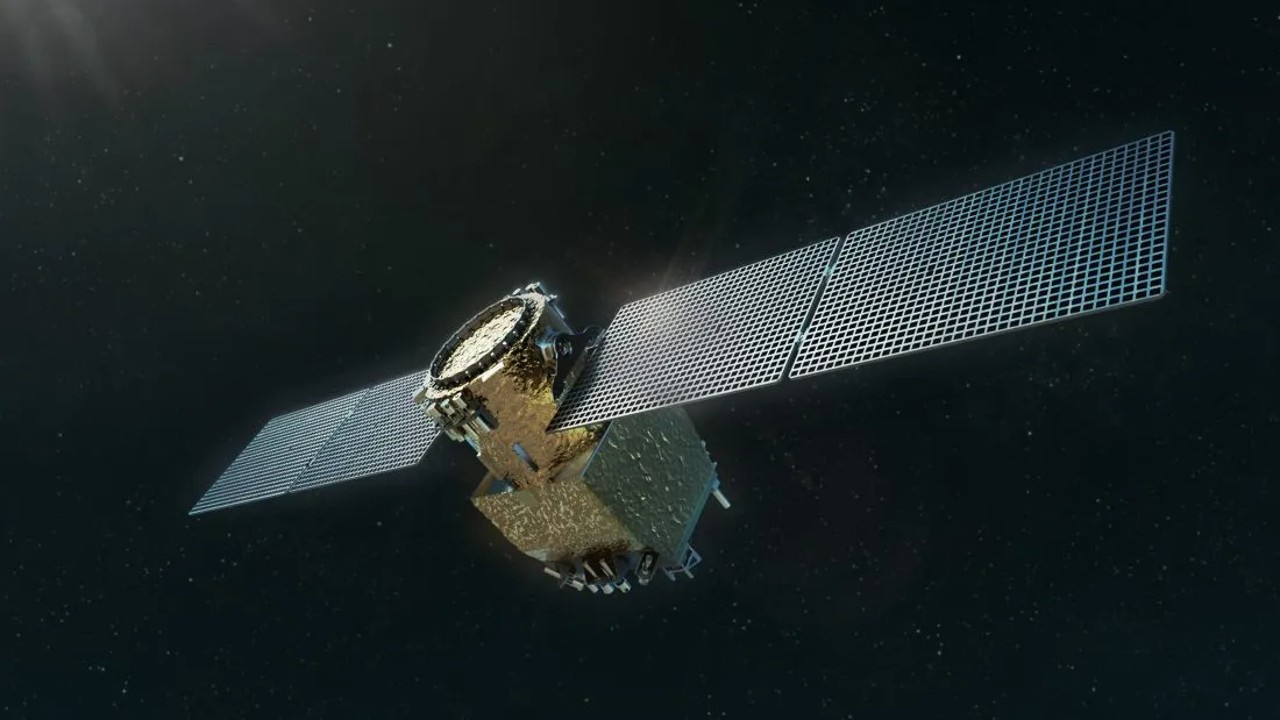US Space Force wants satellite 'jetpacks' to keep old spacecraft alive in orbit
Small "backpacks" that can attach to existing spacecraft in orbit may help out-of-fuel satellites live a while longer.

The U.S. Space Force is eyeing a number of options to extend the life of satellites that have run out of fuel.
One of those options, described as a "jetpack," is a small propulsion unit that can be added on to existing spacecraft already in orbit. Several of these ideas were presented at the Space Mobility Conference in Orlando, Florida in late January.
During the event, Brig. Gen. Kristin Panzenhagen, Commander of Space Launch Delta 45, told reporters that on-orbit refueling is an "immediate need" and that Space Force is looking to acquire a "backpack or a jetpack that could go connect up with an existing satellite to give it more propulsion, whether it's not designed to have sufficient thrust or it's out of propellant," according to Breaking Defense.
Related: Space is now 'most essential' domain for US military, Pentagon says
Space Force leaders have signaled that this type of "sustained maneuverability" is a key part of its strategy going forward. Rather than launch satellites into a single orbit for their entire lifespan, Space Force leadership has said it wants to be able to react to dynamic threats and reposition satellites for as long as they're operational. This could also include refueling satellites that run out of juice and are therefore no longer able to move on their own.
"Since the dawn of space age, we're doing it wrong," Space Force Lt. Gen. John E. Shaw said in July 2023. "What we've really been doing is what I call positional space operations. We launch a platform into orbit and we tend to leave it right in that orbit. [...] That's not going to be sufficient anymore."
To that end, Space Systems Command (responsible for development, acquisition, launch and logistics of military spacecraft) created the Servicing, Mobility and Logistics Office in September 2023 to find solutions and technologies from private companies that can satisfy its mobility and refueling needs.
Breaking space news, the latest updates on rocket launches, skywatching events and more!
"There are other things that we have looked at and kind of canvassed the industrial base, looking specifically at mobility to support the dynamic space operations and needs like that — such as the backpacks," Panzenhagen said.
For years, multiple government agencies and aerospace manufacturers have been developing various approaches for robotic servicing and on-orbit refueling. Some of them are approaching technological readiness.
Space Systems Command recently contracted Northrop Grumman to launch its new Passive Refueling Module, or PRM, to go on an operational refueling mission. The PRM was selected to serve as a standard for refueling technologies moving forward.
UK- and Japan-based Astroscale was also awarded a $25.5 million contract by Space Force to develop a satellite refueling spacecraft, to be ready by 2026.

Brett is curious about emerging aerospace technologies, alternative launch concepts, military space developments and uncrewed aircraft systems. Brett's work has appeared on Scientific American, The War Zone, Popular Science, the History Channel, Science Discovery and more. Brett has degrees from Clemson University and the University of North Carolina at Charlotte. In his free time, Brett enjoys skywatching throughout the dark skies of the Appalachian mountains.
